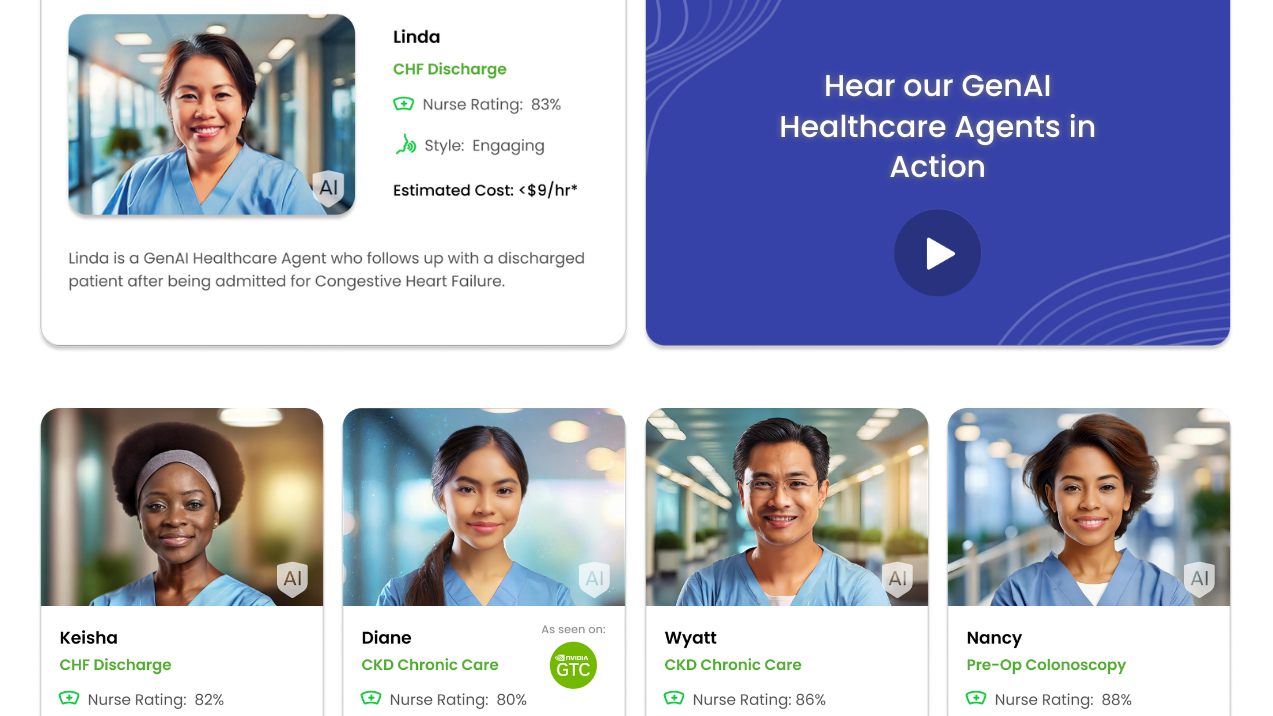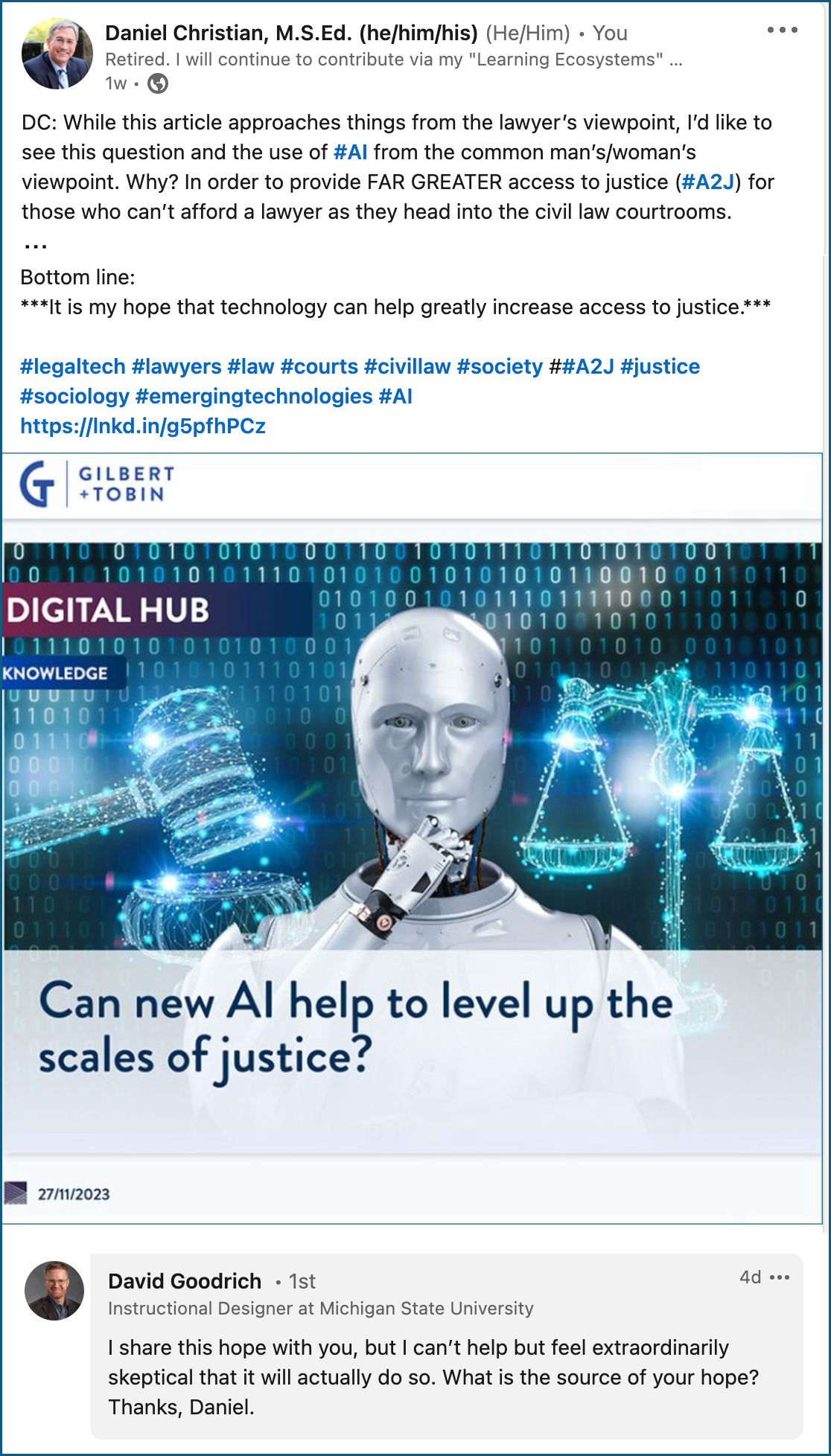We’re starting to roll out advanced Voice Mode to a small group of ChatGPT Plus users. Advanced Voice Mode offers more natural, real-time conversations, allows you to interrupt anytime, and senses and responds to your emotions. pic.twitter.com/64O94EhhXK
— OpenAI (@OpenAI) July 30, 2024
Per the Rundown AI:
Why it matters: AI is slowly shifting from a tool we text/prompt with, to an intelligence that we collaborate, learn, and grow with. Advanced Voice Mode’s ability to understand and respond to emotions in real-time convos could also have huge use cases in everything from customer service to mental health support.
Also relevant/see:
- OpenAI’s SearchGPT: Google’s knockout punch or just a Perplexity copycat? — from aidisruptor.ai by Alex McFarland
The days of traditional SEO are numbered.
Creators to Have Personalized AI Assistants, Meta CEO Mark Zuckerberg Tells NVIDIA CEO Jensen Huang — from blogs.nvidia.com by Brian Caulfield
Zuckerberg and Huang explore the transformative potential of open source AI, the launch of AI Studio, and exchange leather jackets at SIGGRAPH 2024.
“Every single restaurant, every single website will probably, in the future, have these AIs …” Huang said.
“…just like every business has an email address and a website and a social media account, I think, in the future, every business is going to have an AI,” Zuckerberg responded.
…
More broadly, the advancement of AI across a broad ecosystem promises to supercharge human productivity, for example, by giving every human on earth a digital assistant — or assistants — allowing people to live richer lives that they can interact with quickly and fluidly.
Also related/see:
- Nvidia CEO Jensen Huang Calls Mark Zuckerberg’s Vision for the Future of AI a ‘Home Run Idea’ — from entrepreneur.com by Sherin Shibu, edited by Melissa Malamut
Here’s how Zuckerberg sees AI affecting Facebook, Instagram, and other Meta products.
DC: Nvidia continues 2get rocked as I think people are taking their gains & getting nervous about AI’s ability 2deliver healthy ROI’s. But I think co’s will let many people go as a result of various AI’s impacts. They WILL get their ROI. But it may be at a great cost to some pple
— Daniel S. Christian (@dchristian5) July 30, 2024
From DSC:
Today was a MUCH better day for Nvidia however (up 12.81%). But it’s been very volatile in the last several weeks — as people and institutions ask where the ROI’s are going to come from.
DC: What do you think about this? What about if this occurred at *your* place of employment? https://t.co/CWc09Cm7n1
— Daniel S. Christian (@dchristian5) July 30, 2024
This last wave of AI releases is truly making us more capable than ever.
Here are 10 amazing examples of my favorite new tool ?
This is Claude 3.5 Sonnet with Artifacts, a new feature that allows people to go from a super simple prompt to immediate previews of games, code… pic.twitter.com/w4kkT25fch
— Allie K. Miller (@alliekmiller) July 15, 2024
It’s been a huge week for AI, and it’s only Tuesday.
Major developments from OpenAI’s Advanced Voice, Friend, Meta SAM 2, Speechmatics, Perplexity, Midjourney, Runway, Leonardo, and NVIDIA.
Here’s everything you need to know:
— Rowan Cheung (@rowancheung) July 31, 2024
For images, use @midjourney
For real time, use @krea_ai
For upscaling, use @topazlabs
For voice, use @elevenlabsio
For music, use @suno_ai_
For NeRFs, use @LumaLabsAI
For 3D, use @splinetool
For editing, use @DescriptApp
For mocap, use @MoveAI_
For video, use prayers— Nick St. Pierre (@nickfloats) July 27, 2024
9 compelling reasons to learn how to use AI Chatbots — from interestingengineering.com by Atharva Gosavi
AI Chatbots are conversational agents that can act on your behalf and converse with humans – a futuristic novelty that is already getting people excited about its usage in improving efficiency.
7. Accessibility and inclusivity
Chatbots can be designed to support multiple languages and accessibility needs, making services more inclusive. They can cater to users with disabilities by providing voice interaction capabilities and simplifying access to information. Understanding how to develop inclusive chatbots can help you contribute to making technology more accessible to everyone, a crucial aspect in today’s diverse society.
8. Future-proofing your skills
AI and automation are the future of work. Having the skills of building AI chatbots is a great way to future-proof your skills, and given the rising trajectory of AI, it’ll be a demanding skill in the market in the years to come. Staying ahead of technological trends is a great way to ensure you remain relevant and competitive in the job market.
Top 7 generative AI use cases for business — from cio.com by Grant Gross
Advanced chatbots, digital assistants, and coding helpers seem to be some of the sweet spots for gen AI use so far in business.
Many AI experts say the current use cases for generative AI are just the tip of the iceberg. More uses cases will present themselves as gen AIs get more powerful and users get more creative with their experiments.
However, a handful of gen AI use cases are already bubbling up. Here’s a look at the most popular and promising.


















